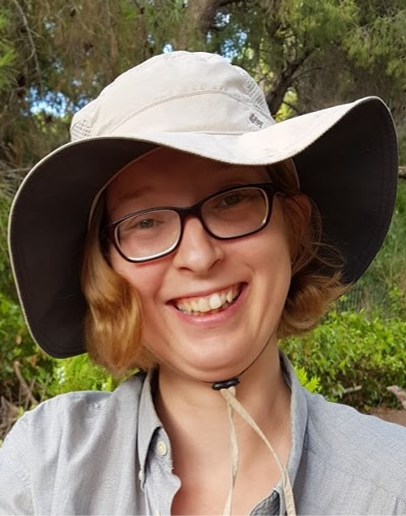Despite playing a fundamental role in survival, the strategies and neural mechanisms that support olfactory behaviors in rodents have just begun to be elucidated. Combining odor information with spatial maps of the environment may play a key role in the ability of rodents to flexibly and efficiently forage and navigate using odors. I am interested in how central circuits for olfaction and spatial cognition interact to generate such behaviors. Using neural ensemble recordings in an odor-cued spatial choice task for freely-moving rats, we found that posterior piriform neurons concurrently represented odor identity as well as spatial locations of animals, forming an odor-place map. This revealed a function for piriform cortex in spatial cognition and suggests that it is well-suited to support olfactory behaviors such as odor-guided navigation and foraging. In the future, I will leverage rodent olfaction and spatial behaviors to understand how central olfactory and memory systems interact to generate flexible behavior.

Cataglyphis desert ants are well known for their navigational capacities especially during foraging. To find their way, foragers mainly use celestial cues like the position of the sun or the UV polarization pattern during their extensive outbound searches for food. In addition, they rely on different sensory cues for navigation, e.g. visual, olfactory or tactile cues. When the ants leave the nest for the first time, they perform learning walks to acquire all information necessary for navigation as foragers. They have to learn landmarks and calibrate their celestial compass systems. We could show that Greek Cataglyphis nodus ants use the geomagnetic field to align their gaze directions towards the nest entrance during initial learning-walk pirouettes. Furthermore, the ants' brains undergo drastic changes during the transition from interior to exterior worker, especially when they are able to perform learning walks in their natural habitat. Therefore, Cataglyphis is a suitable neuroethological model to study navigation guided by a plethora of sensory cues.
